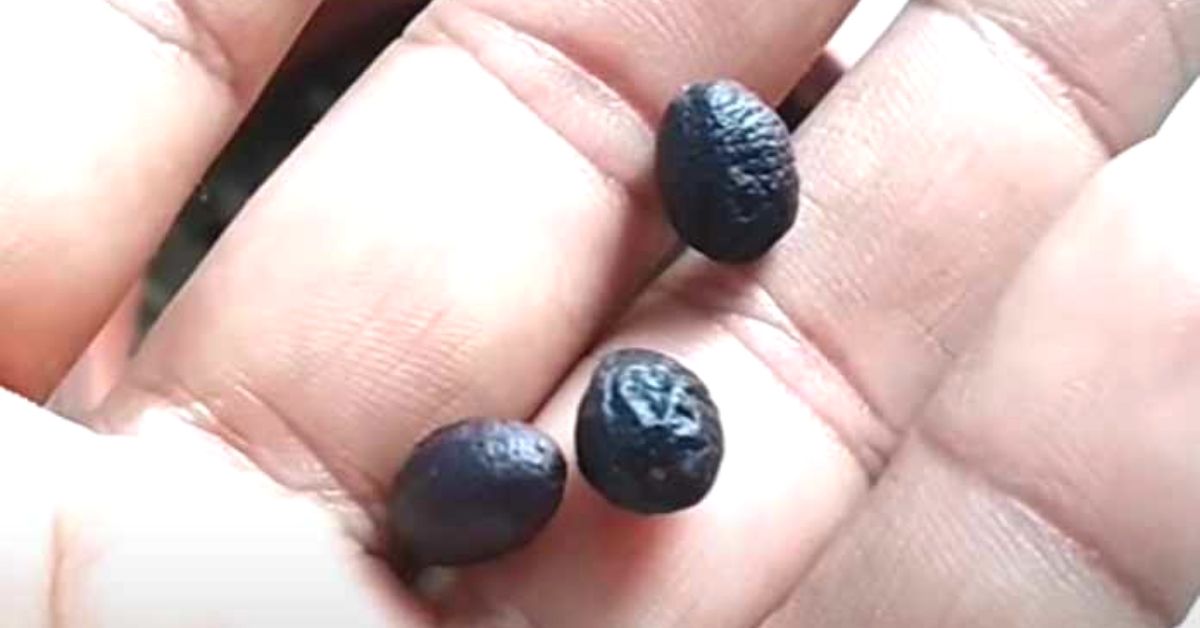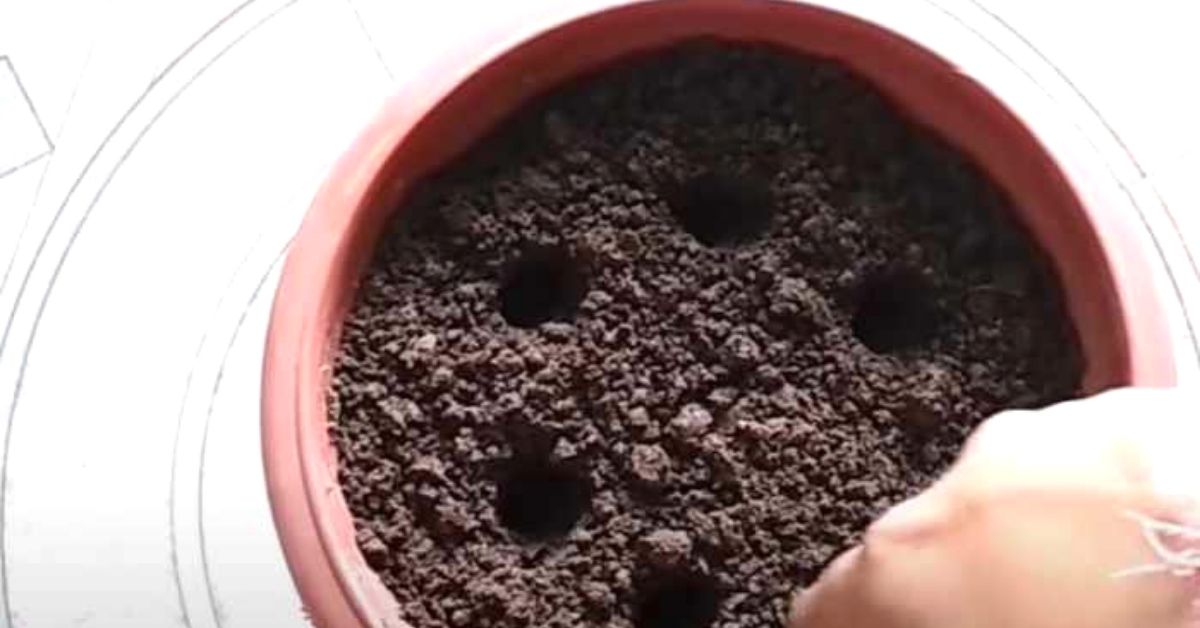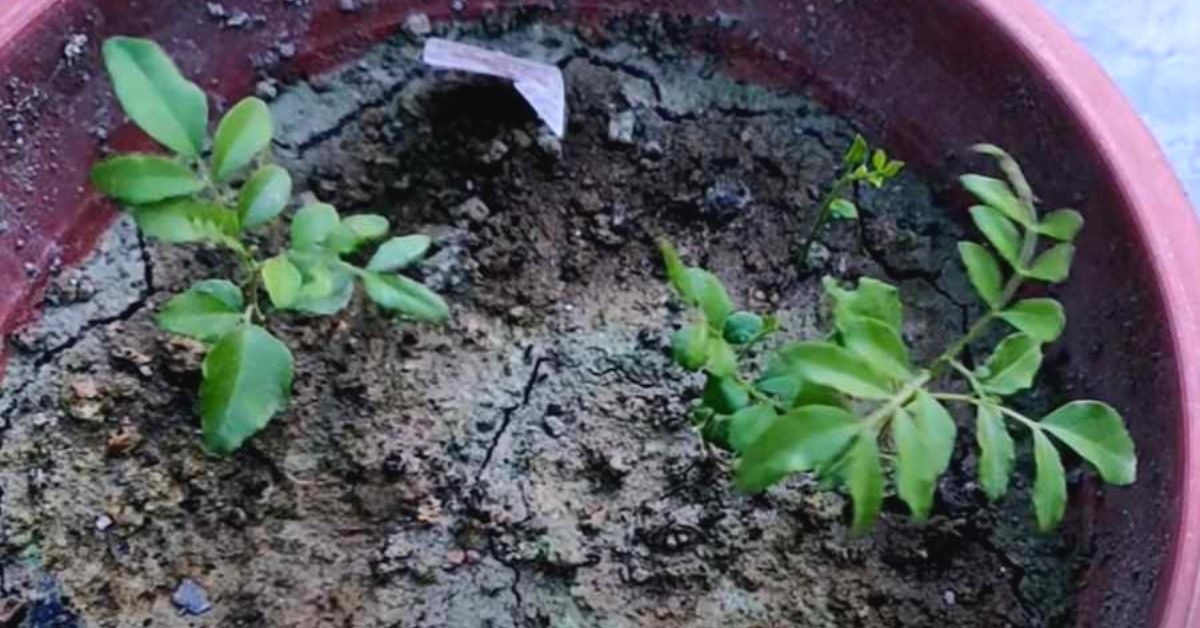Got a Bucket? Growing Curry Leaves at Home Is Easier Than You Think
Rachana Ronanki from Vishakhapatnam shares three simple steps to grow curry leaves in your balcony

I was about 20 years of age when I visited Hyderabad with my cousins for a short vacation in 2008. During my four-day stay, I was intrigued to see almost all food items being served with curry leaves. On the third day, to my intense surprise, even a ‘Manchurian’ my cousin ordered came cooked in curry leaves!
“Curry leaves are essential, and used in all South Indian dishes,” my aunt explained to us, following our shocked reactions. As I learned, besides adding flavour or the visual aesthetic to the food, curry leaves have many health benefits as well.
Curry leaves support hair growth, helps in reducing stress, assists in the healing of wounds and burns and helps maintain good eyesight. Curry leaves also help with digestive issues like constipation or diarrhoea.
How to Grow a Curry Plant
Alright, I was convinced that the leaves had a place in the food. But how to get them? A curry tree is a common feature in traditional South Indian homes. But modern homes (or flats) have made it difficult to access the medicinal plant. Often, even vegetable markets do not have a steady supply of fresh leaves.
However, a 23-year-old youngster from Visakhapatnam, Rachana Ronanki, assures us all that growing curry leaves in your balcony or terrace garden is easy and ensures a fresh supply of nutrition at home.

“A curry plant can be grown practically during any time of the year. But the best time to plant it is before the monsoon or winter season,” Rachana says.
“The curry plant is sensitive to extreme heat and may not attain a maximum growth during the period,” she adds.
Rachana says though a dominant food item in South India, the importance of its health benefits is picking up in North India as well.
There are multiple ways of growing a curry plant. “One can get a sapling from a nearby nursery, buy seeds or even make a graft from an existing plant,” Rachana said.
Gardening extensively for almost three years now, Rachana recommends planting a sapling for faster growth.
Even an Old Bucket Works

“In case you wish to use seeds, ensure the seeds are not dry. In case of graft, make sure the small branch or twig is slightly brown,” Rachana said.
For grafts, cut out a small branch or a twig, peel slightly at the bottom, dip it in rooting hormone powder and plant it inside the pot.
An eight to 12-inch pot should suffice for an optimum size of a plant to grow. “One could also use an old bucket by drilling a few holes at the bottom to allow excess water to drain out,” she added.
Rachana said the best soil mixture for the curry plant is to have a combination of soil, sand and organic manure. “Vermicompost is also a good option to provide good nutrition to the plant,” she added.
The Vishakhapatnam-based gardener said that once the mixture is ready, the seeds or the graft can be placed inside the pot.
Initial Days of The Curry Plant

The curry plant should be kept in a place where it can access mild amounts of sunlight during the initial days. “The moisture in the soil has to be checked daily. The soil should not be too dry nor should it contain a lot of water in it,” Rachana warns.
In case of seeds or a graft, Rachana says that fresh shoots should be visible in a couple of weeks. “Once the plant becomes one month old, it can get moved to a place with more sunlight. It is ideal to expose it to about six hours of sunlight in a day,” Rachana told The Better India.
For the Best Curry Plant Growth
“Having day-long exposures to sunlight during winter days could be best for the curry plant. However, during summers, the plant will need protection under shade if temperatures cross 35 degrees Celsius,” Rachana said.
The expert added that it is best to keep adding nutrition to the plant each month by adding cow dung, vermicompost, mustard or Neem biowaste.
“The soil inside the pot also needs to be shuffled every few weeks,” Rachana said.
Rachana said one plant could provide a fresh supply of curry leaves for years. “One could also prune the plant occasionally for better results,” she adds.
So let’s get started and have a curry plant in your home today!
(Edited by Vinayak Hegde)
If you found our stories insightful, informative, or even just enjoyable, we invite you to consider making a voluntary payment to support the work we do at The Better India. Your contribution helps us continue producing quality content that educates, inspires, and drives positive change.
Choose one of the payment options below for your contribution-
By paying for the stories you value, you directly contribute to sustaining our efforts focused on making a difference in the world. Together, let’s ensure that impactful stories continue to be told and shared, enriching lives and communities alike.
Thank you for your support. Here are some frequently asked questions you might find helpful to know why you are contributing?


This story made me
-
97
-
121
-
89
-
167











